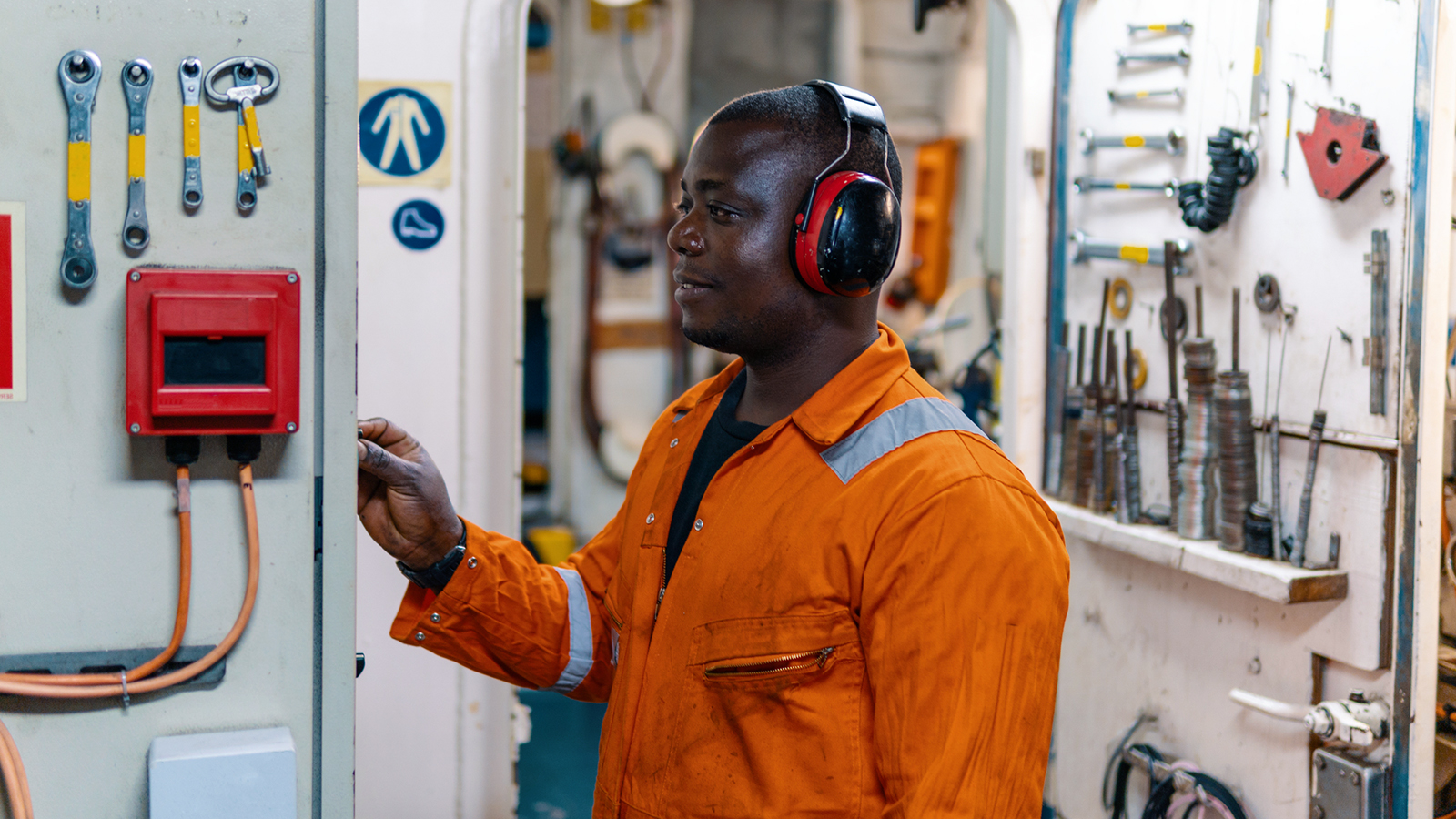Every year on average the CDC has estimated 22 million workers will be exposed to hazardous noise, resulting in irreversible hearing loss. Whether you are one of many who is involved in moving cargo, construction, shipyard or long shoring operations, protecting yourself with the right PPE is essential. Noise control is vital for the Maritime Industry in reducing crew fatigue and long-term hearing loss and helping to improve the overall health and safety of each employee. It is critical for employers to be aware of appropriate noise and vibration levels to be in compliance with OSHA Maritime Safety and Health Standards.
OSHA’s permissible exposure limit (PEL) for noise exposure is 90 dBA for an 8-hour TWA, and the standard uses a 5 dBA exchange rate. It is extremely important to understand acoustic sources, transmission paths and receiver space characteristics so that noise control strategies can be implemented.
OSHA’s Standard on Occupational Noise Exposure recommends knowing:
- Exposure to Noise- Understanding noise exposure to workers, measured in units of DBA’s (decibels)
- Engineering Controls- Knowing the source of the noise by modifying equipment and making physical changes to the environment.
- Administrative Controls- Implementing the changes needed to limit exposure to noise in the workplace.
Learn More about Occupational Noise Exposure
Upcoming OSHA #5402 Update for Maritime Industry Trainers
Upcoming OSHA #5410 OSHA Standards for the Maritime Industry
Upcoming OSHA #5400 Trainer Course for the Maritime Industry

